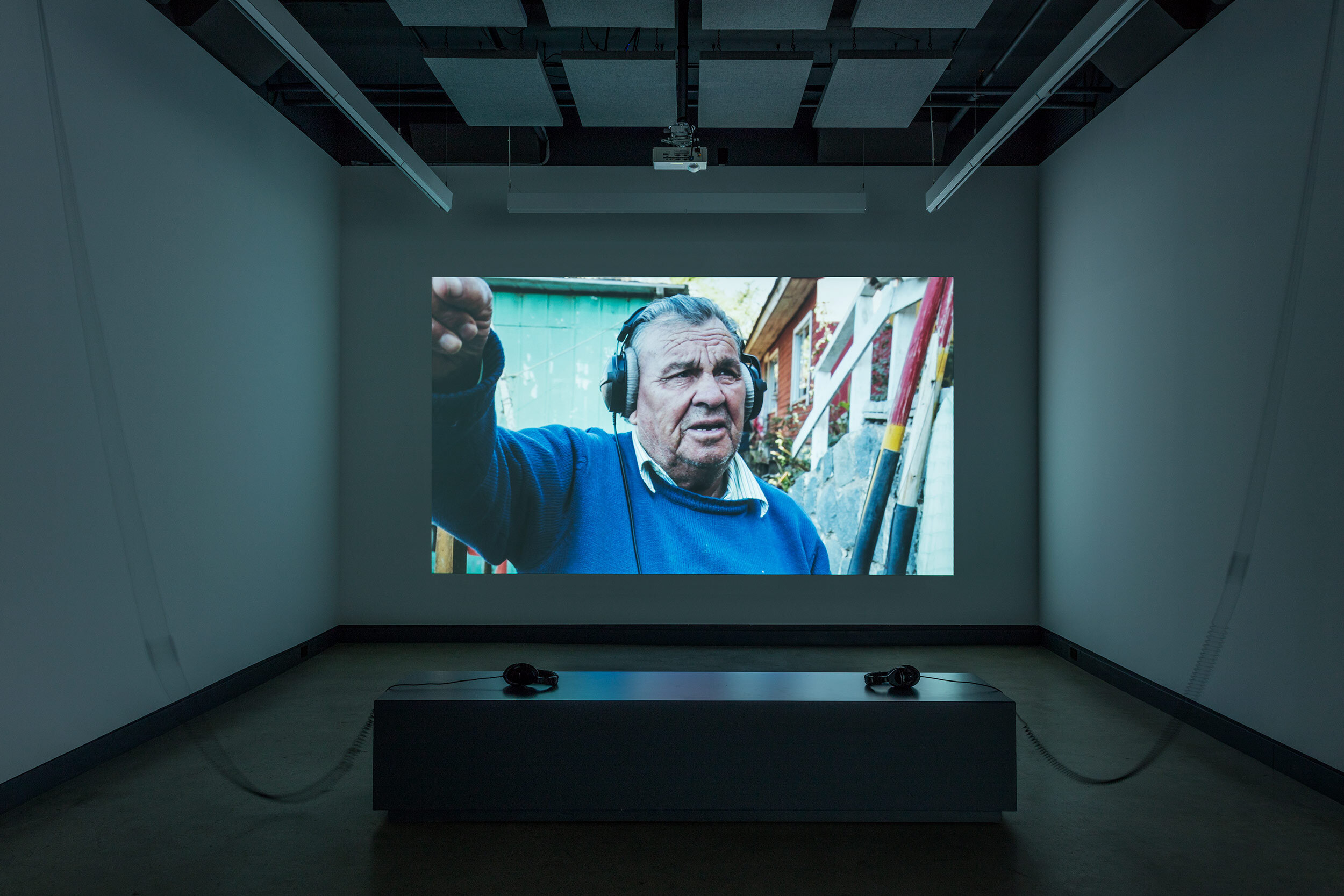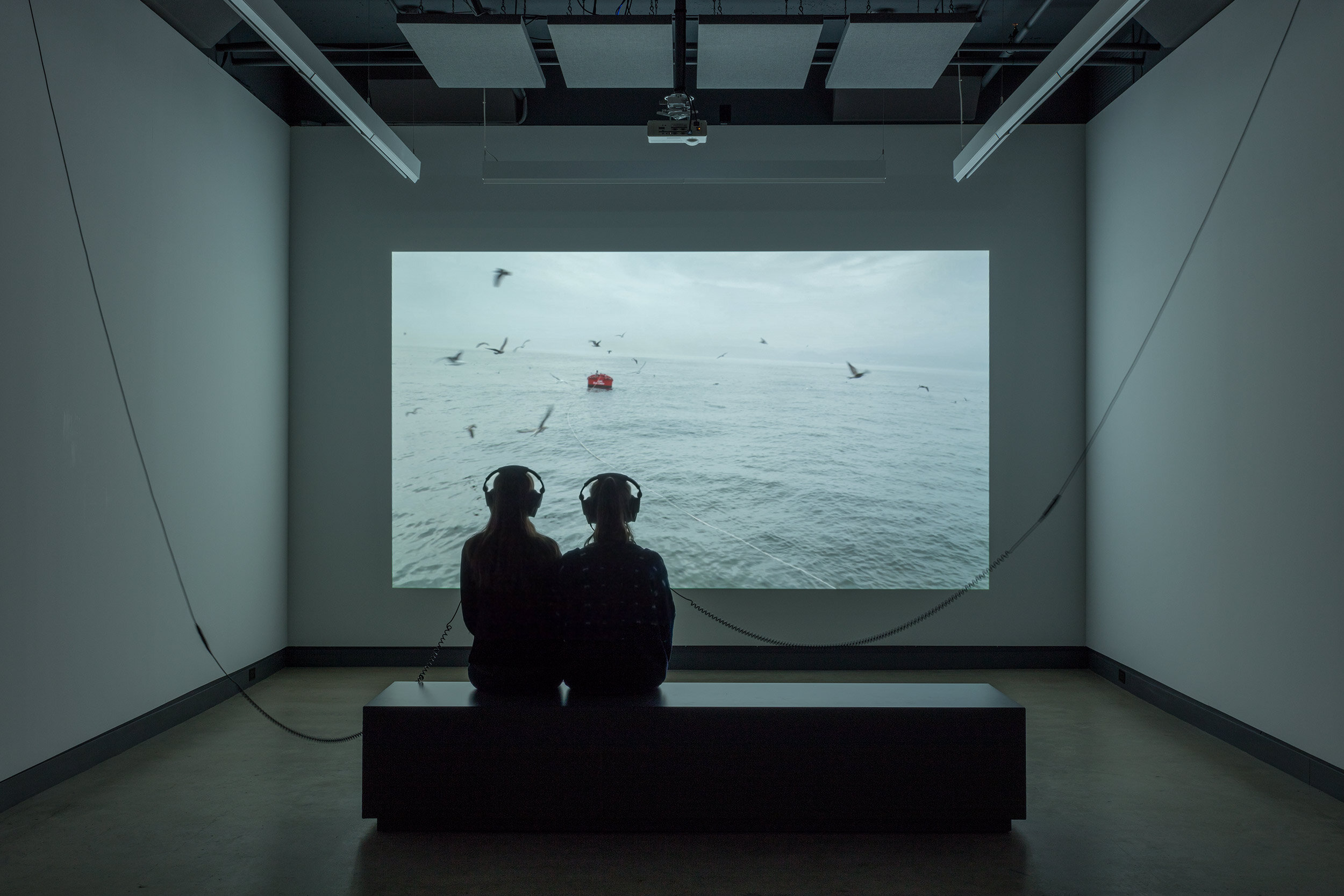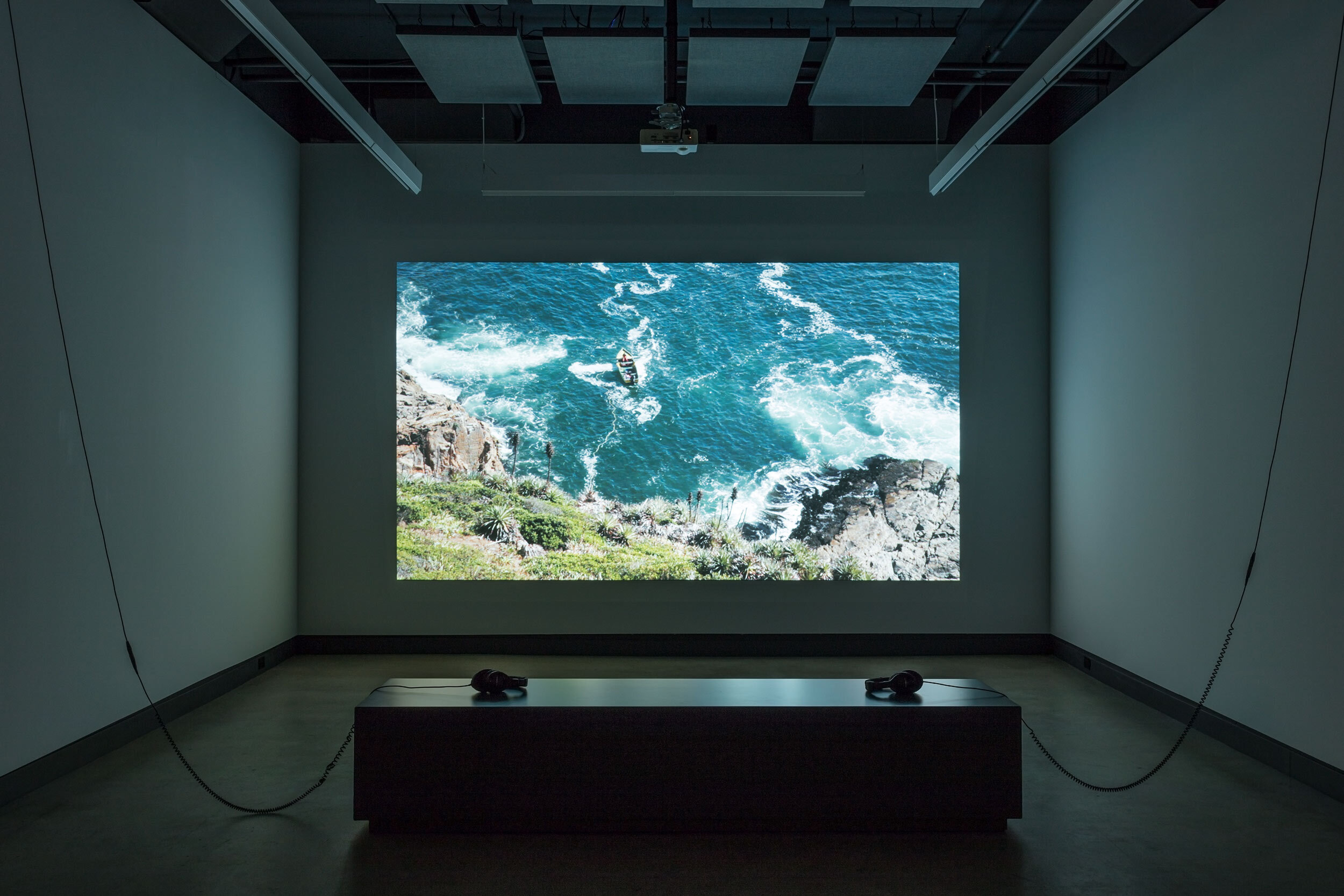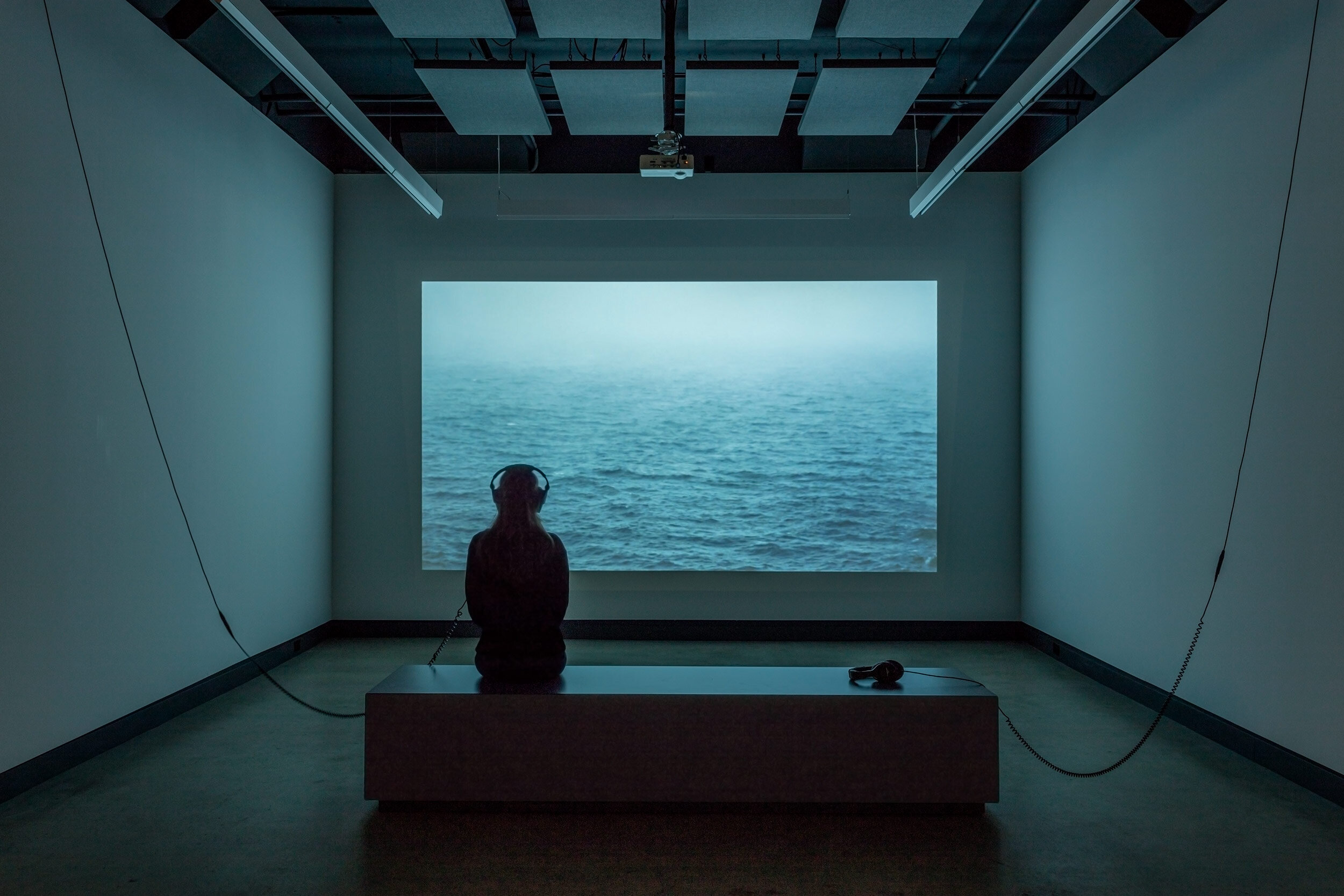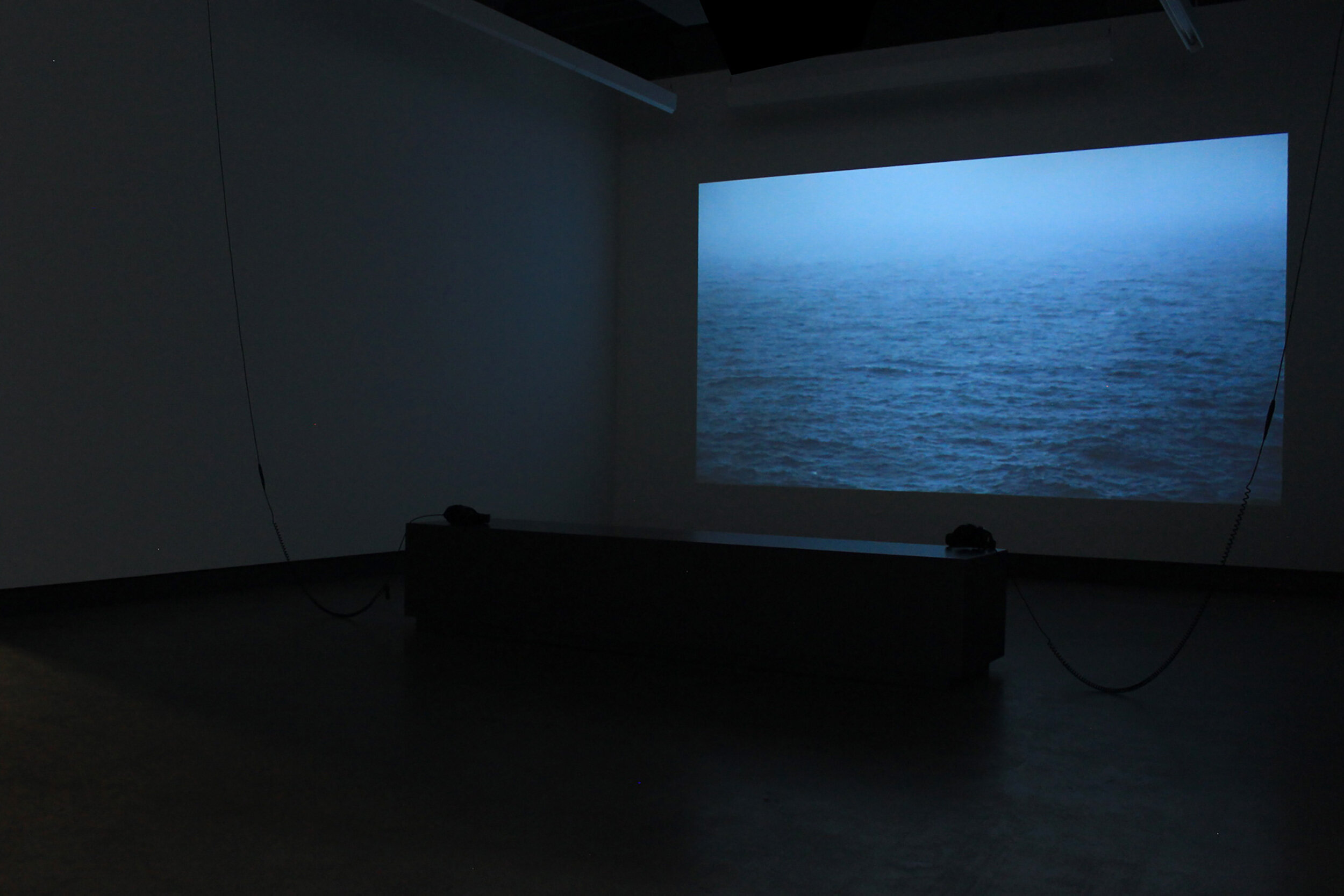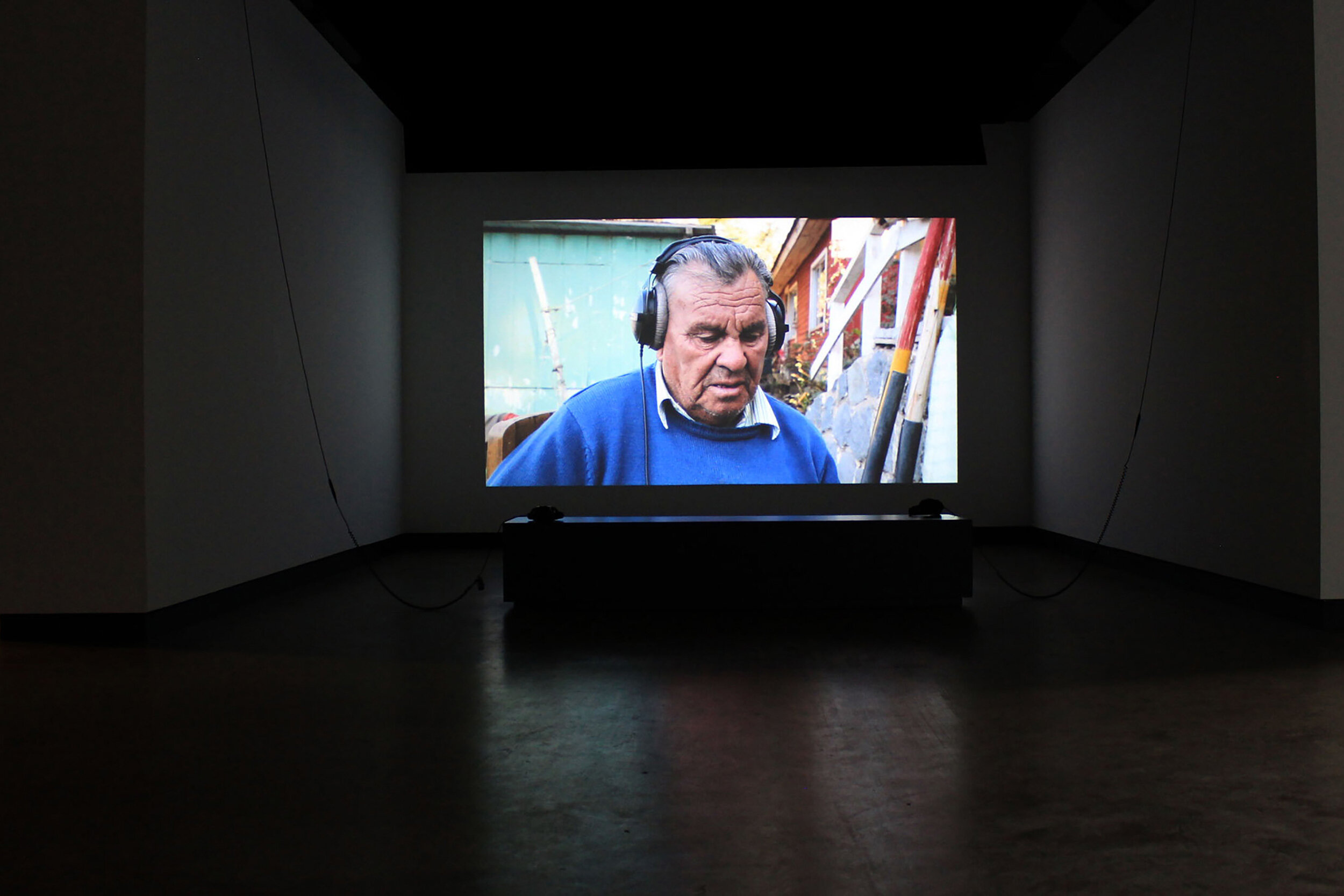Sandra Volny
From August 25 to October 8, 2016
Opening on September 8 from 5 pm
Initially, Dazibao was devoted exclusively to photography and shared the view that the image was defined by its documentary potential — as a way of understanding the world and, by extension, of acting upon it. This approach was quickly run through with a host of theoretical questions around the mechanisms for producing images and their uses. Artworks produced in this context, motivated more by the modus operandi of the image and its new video and digital forms, sometimes became almost completely devoid of any wish to engage in representation.
Far from the belief in a kind of failure of the image, and freed from this discourse around its status and nature, some artists are concerned mostly with what images can convey... or not. In a world obsessed with its representation, these works establish reception conditions and times that differ from media images and are driven by a desire to show in a new light events or stories which are normally glossed over or habitually removed from public scrutiny.
Ali El-Darsa, Gabriela Golder, Roberto Santaguida and Sandra Volny offer a few singular approaches to what could be a new wave in documentary. A form of documentary which would often work through accumulation, seeking a kind of truth by multiplying points of view and bringing together several ideas. F.C.
The sound artist Sandra Volny also works in video, installation and performance. Sound spaces — the spatialisation of sound, the creation of aural landscapes — are at the heart of her artistic enquiries. Often, Volny uses sound as a catalyst making it possible for the collective and individual imaginary realm to be apparent. Her projects examine the duality inherent in sound. This duality locates sound at the intersection of the acoustic and the visual, of what we hear and the image we make of it. She is especially interested in situations in which an individual’s awareness of his or her surroundings arises through sound.
Currently, Sandra Volny is a Ph.D. student in the École doctorale Arts Plastiques, Esthétique et Sciences de l’Art at Université Paris 1 Panthéon-Sorbonne. Her work has been shown at venues such as raumLABOR—267 Quartiere für zeitgenössische Kunst und Fotografie in Braunschweig, Germany; the Leonard & Bina Ellen Art Gallery in Montreal; the Darling Foundry in Montreal; and Galerie Michel Journiac in Paris. She is co-founder of Triangular Project, a traveling collective, with the artists Florine Leoni and Macarena Ruiz-Tagle.
Where does sound go, where does it come from is a video and sound installation which explores the boundary — one might even say the point of tension — between sound and sight, between what is seen and what cannot be seen but only heard. The installation alternates between see/hear and listen/visualise, using the white noise of the ocean as a listening space from which emerge stories pertaining at times to the individual imagination and at other times to collective history.
When she was in residence in Coliumo Bay, Chile, Volny explored the various ways in which local fishers orient themselves. She remarked that they are able to navigate in the hazardous, gloomy and foggy conditions of the Pacific coast by relying almost exclusively on sound. Intrigued by this discovery, she conducted a series of interviews in which she had participants listen to recordings made on the shore. The local fishers displayed their ability to locate precisely the coastline’s bays, shores and peninsulas by listening to the echoes of the waves hitting the rocks. In addition to this highly sophisticated work on sound, what is interesting about Volny’s work is the way she creates a portrait of the social and political context. These fishers, working in extremely rudimentary conditions, have developed abilities so fine, adapted to their memory of the sites, that they rival industrial fishing technology in their perspicacity. This is a disturbing equation in that these artisanal fishers are threatened by both the economic imperatives of the great trawlers and the ecological imperative of preserving the shoreline. Beyond the imaginary realm made apparent through sound, Volny’s work also documents a cultural identity and a way of life which we can sense are fragile.
Other exhibitions
Outreach
This is not a lecture # 1
On October 8, 2016 from 11 am to noon
Dazibao receives financial support from the Conseil des arts et des lettres du Québec, the Canada Council for the Arts, the Conseil des arts de Montréal, the Ministère de la Culture et des Communications and the Ville de Montréal.

